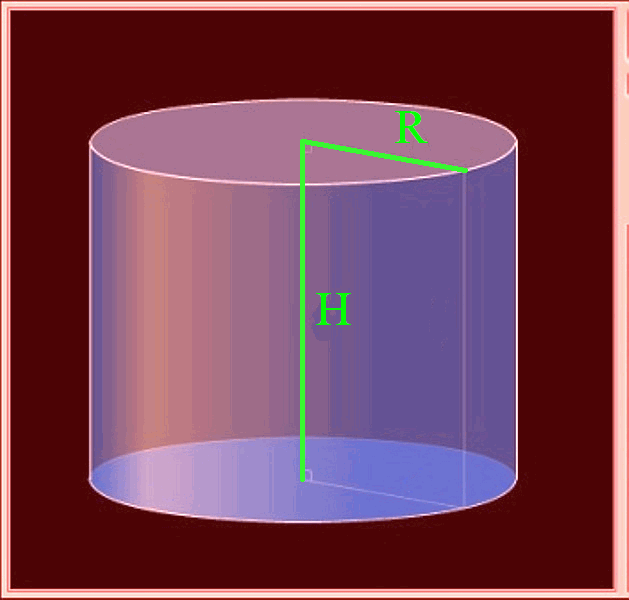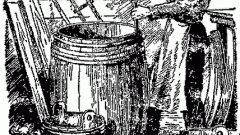You will need
- — the range;
- calculator.
Instruction
1
In that case, if you know the area of at least one of the bases of the cylinder (they are equal), measure its height. To do this, drop a perpendicular from one base cylinder on to another, and measure its length. The height of the straight cylinder is equal to any of the sides. Then find the volume by multiplying the area of one of the bases of the cylinder S to the height h (V=S∙h). For example, if you know that the area of the circle lying at the base of the cylinder is 8 cm2 and its height is 5 cm, then its volume is V=8∙5=40 cm3.
2
In that case, if the base area of the cylinder is unknown, its volume can be found using another formula. Measure the height of the cylinder in any convenient way. Then, find the diameter of the base of the cylinderby measuring its convenient way, for example, using a ruler or calipers. Calculate the radius of the cylinderby dividing the diameter by 2. Find the volume of this geometric body by multiplying the number π≈3,14 the square of the radius R and the height of the cylinder h (V= π∙R2∙h).
3
Example.Find the volume of a cylinder, whose base has a diameter of 6 cm and the height is 5 cm Determine the base radius of the cylinder R=6/2=3 cm Calculate the volume V= 3,14∙32∙5=141,3 cm3.
4
If the cylinder is inclined, the above formula remains valid, but the height in this case is not equal to the generatrix. Therefore, in order to find the volume, measure the length of the generatrix l, and multiply it by the area of the base S, which can be found as described above, and the sine of the angle α between the generatrix and the plane of the base V=S∙l∙sin(α).
5
Example. Forming a circular cylinder has a length of 16 cm and is at an angle of 45 ° to the base. Find the volume of a cylinderif the base radius is 8 cm First, find the area of the base of the cylinder. It is equal to S=π∙R2. Substitute the value of this formula in the expression for the volume and get V= π∙R2∙l∙sin(α)=3,14∙82∙16∙sin(45°)≈2273,6 cm3.




